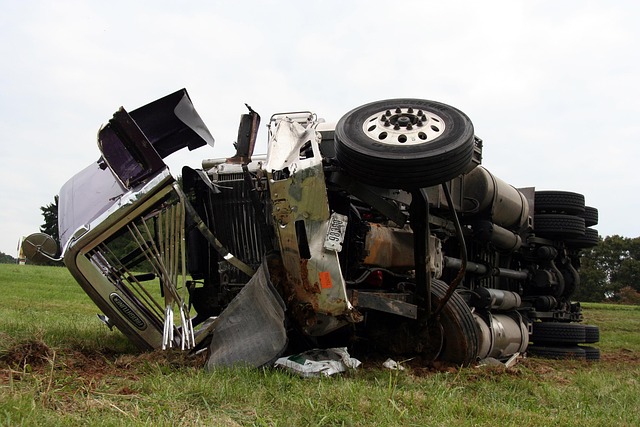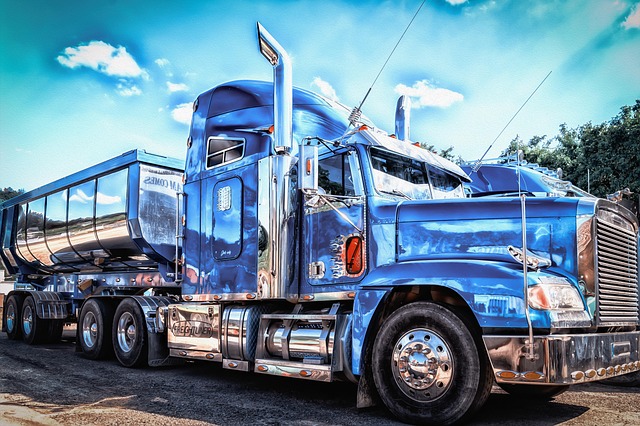Looking to register your car in California? This guide breaks down the process step-by-step, from understanding essential requirements to completing DMV VIN verification. First, gather necessary documents and prepare your vehicle for inspection. Then, visit a local DMV office to verify your Vehicle Identification Number (VIN) and finalize registration. Post-registration, stay up-to-date with tasks like title transfer and annual renewals.
- Understand the Requirements for Car Registration in California
- Gather Necessary Documents for DMV VIN Verification
- Prepare Your Vehicle for Inspection and Registration
- Visit a California DMV Office for VIN Verification and Registration
- Complete Post-Registration Tasks and Keep Your Records Updated
Understand the Requirements for Car Registration in California

Before you start the registration process, it’s crucial to understand the requirements for car registration in California. The state Department of Motor Vehicles (DMV) mandates several key steps, including a thorough vehicle inspection and verification of your car’s unique Vehicle Identification Number (VIN). This VIN verification process ensures that your vehicle meets all safety and environmental standards before it can be legally registered.
During this verification, you’ll need to provide the DMV with accurate information about your vehicle, such as its make, model, year, and current mileage. A mobile vin verifier or a professional inspection service can assist in this step by quickly and conveniently checking the VIN details against national databases, ensuring accuracy and saving you time. Remember, these requirements are essential to ensure road safety and maintain the integrity of California’s vehicle registration system.
Gather Necessary Documents for DMV VIN Verification

Before registering your car in California, it’s crucial to gather all the essential documents required for DMV VIN verification. This process ensures that your vehicle is safe and legal to drive on California roads. You’ll need to provide proof of ownership, typically through a vehicle title document. Additionally, a current registration from another state or a valid Release of Liability (if applicable) is necessary.
For the VIN inspection, you may find it convenient to use a mobile vin verifier. This service allows for a quick and efficient verification of your car’s Vehicle Identification Number (VIN). Ensure that the information provided aligns with what the California Department of Motor Vehicles (DMV) requires. This includes verifying the make, model, year, and other details associated with the VIN.
Prepare Your Vehicle for Inspection and Registration

Before heading to the California Department of Motor Vehicles (DMV) for registration, it’s crucial to ensure your vehicle passes the necessary inspections. The first step is to get your Vehicle Identification Number (VIN) verified. This process, often done through a mobile vin inspection or at a designated station, checks for any discrepancies and ensures your car meets safety standards. A clean VIN inspection report is a prerequisite for registration.
During this preparation, make sure all necessary documents are in order, including proof of ownership, insurance, and identification. Additionally, conduct a thorough vehicle inspection yourself. Check key components like lights, brakes, tires, and exhaust systems to ensure they’re functioning optimally. This proactive approach will smoothen the registration process at the DMV and potentially save you time by avoiding potential issues during their vin inspection.
Visit a California DMV Office for VIN Verification and Registration

After gathering your required documents, the next step in registering your car in California involves visiting a DMV office for VIN (Vehicle Identification Number) verification. This process ensures that your vehicle meets all necessary safety standards and is eligible for registration. Bring along any proof of ownership or purchase if you haven’t already established it with the DMV.
A mobile VIN inspection or verification service may also be an option, providing convenience by coming to your location. These services use specialized tools to check your car’s VIN against state databases, streamlining the process and saving you a trip to the DMV. However, for many, the traditional in-person DMV visit remains the most straightforward and reliable method for VIN verification and subsequent vehicle registration in California.
Complete Post-Registration Tasks and Keep Your Records Updated

After successfully registering your car with the DMV, there are a few crucial post-registration tasks to complete. One essential step is ensuring accurate and up-to-date records. This includes maintaining proper documentation, such as proof of insurance and vehicle maintenance records. Regularly updating these documents is vital, especially after any changes in ownership or significant repairs.
Additionally, consider utilizing modern tools like mobile VIN verification services. These mobile vin inspectors or mobile vin verifiers can streamline the process by allowing you to quickly validate your car’s history and ensure all records are in order. In today’s digital age, this convenient option enables you to stay organized and compliant with California’s vehicle registration requirements efficiently.
Registering a car in California is a straightforward process, but understanding the requirements and gathering the necessary documents is key. After ensuring your vehicle meets the standards, you can visit a DMV office for efficient dmv vin verification and complete the registration. Keep your records up-to-date and stay informed about any post-registration tasks to maintain legal compliance.
